Photos: Another major earthquake has caused “utter devastation” in New Zealand
“Here we go again” was possibly the first reaction of many New Zealanders when the top of the country’s South Island was struck by a 7.5 magnitude earthquake just after midnight (local time) in the early hours of Nov. 14. The human toll—two, at time of writing—paled in comparison to the 185 who died in the earthquake that struck Christchurch, New Zealand’s second-largest city, in February 2011. But there was still, said prime minister John Key, “utter devastation,” including smashed highways and railway lines, and significant damage to towns. Kaikoura (population 3,740), famed more for whale-watching tourism than seismic events, was cut off.
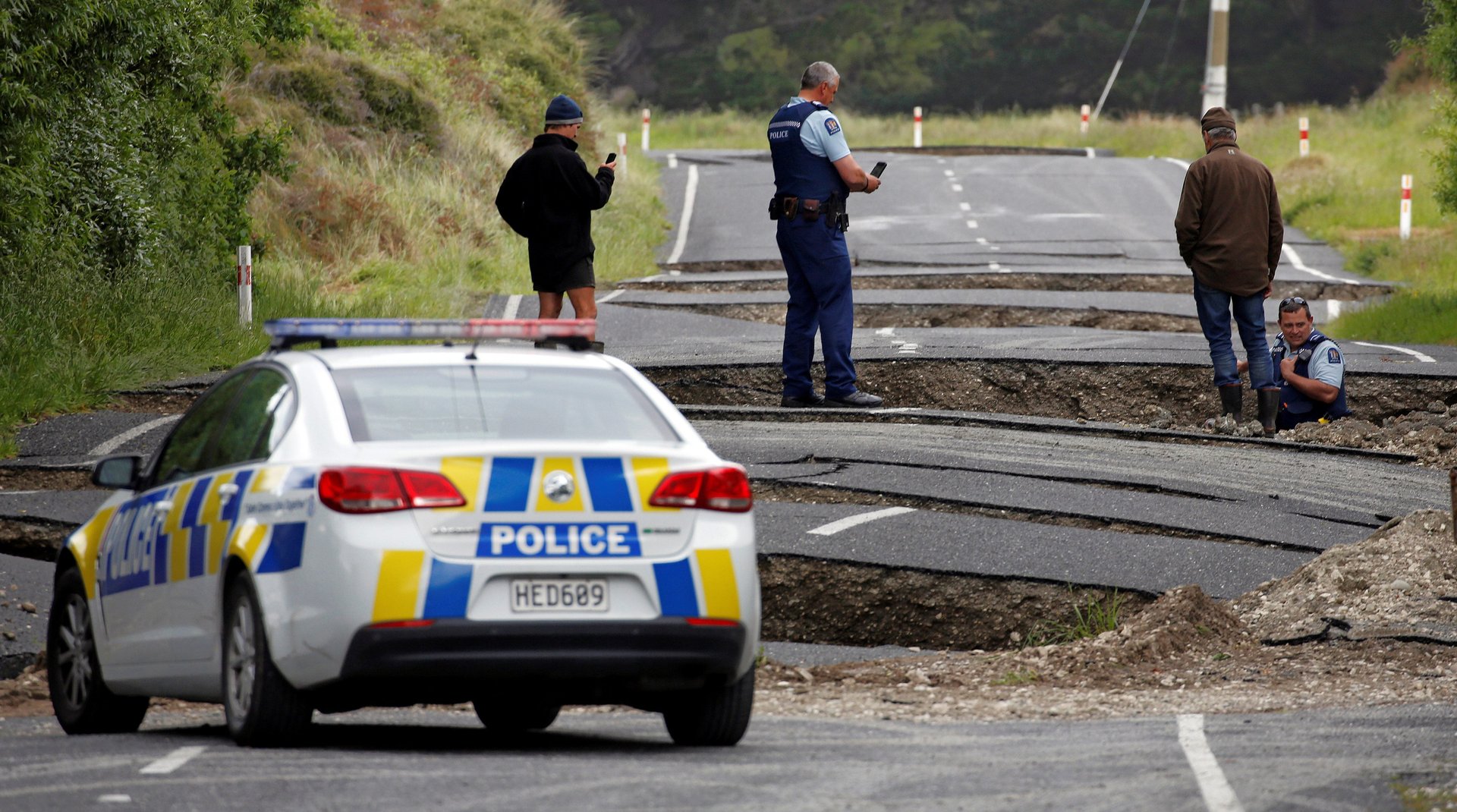

“Here we go again” was possibly the first reaction of many New Zealanders when the top of the country’s South Island was struck by a 7.5 magnitude earthquake just after midnight (local time) in the early hours of Nov. 14. The human toll—two, at time of writing—paled in comparison to the 185 who died in the earthquake that struck Christchurch, New Zealand’s second-largest city, in February 2011. But there was still, said prime minister John Key, “utter devastation,” including smashed highways and railway lines, and significant damage to towns. Kaikoura (population 3,740), famed more for whale-watching tourism than seismic events, was cut off.
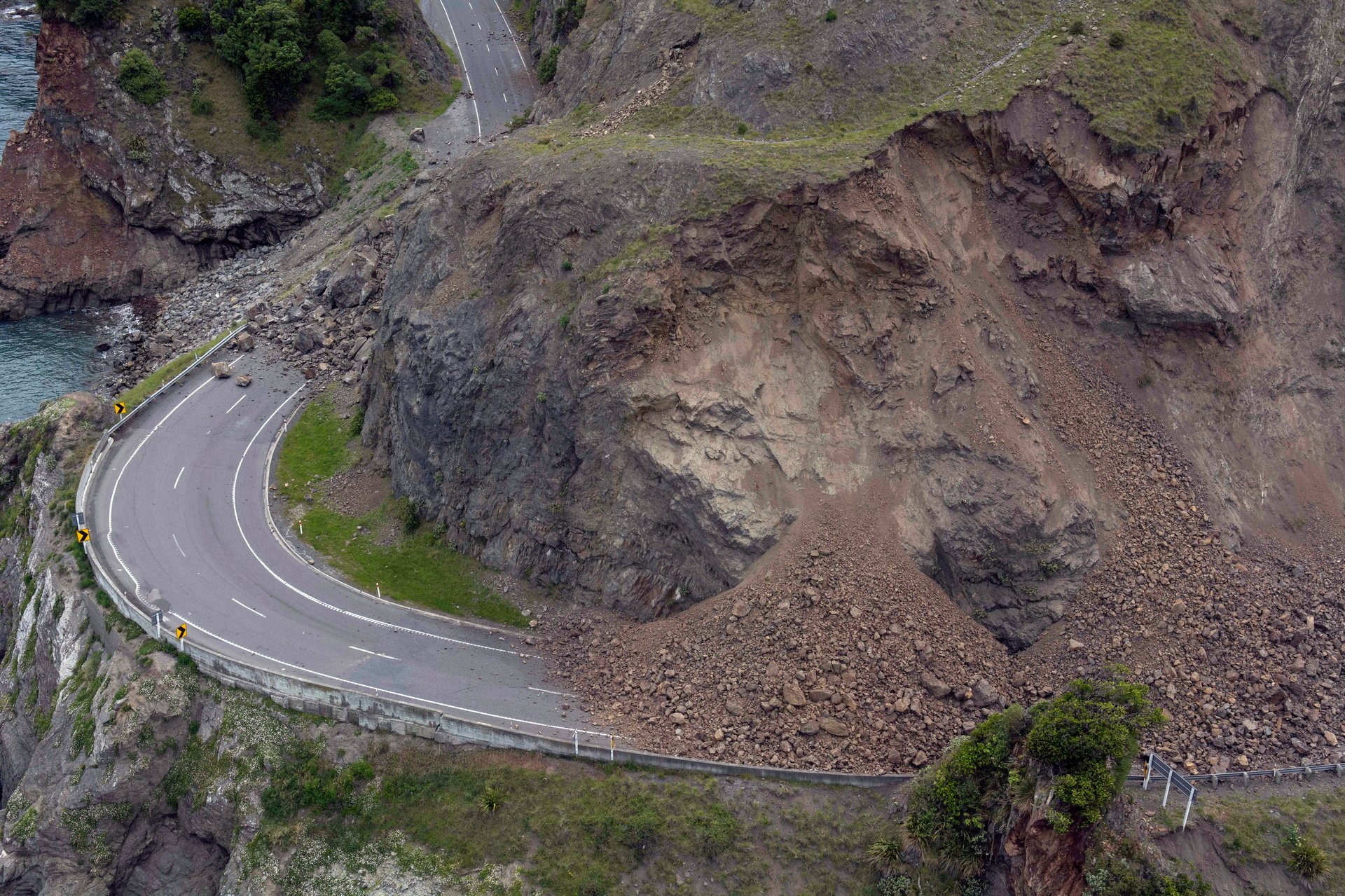
Just across Cook Strait, the capital Wellington suffered widespread damage and shut down as officials checked the safety of buildings.
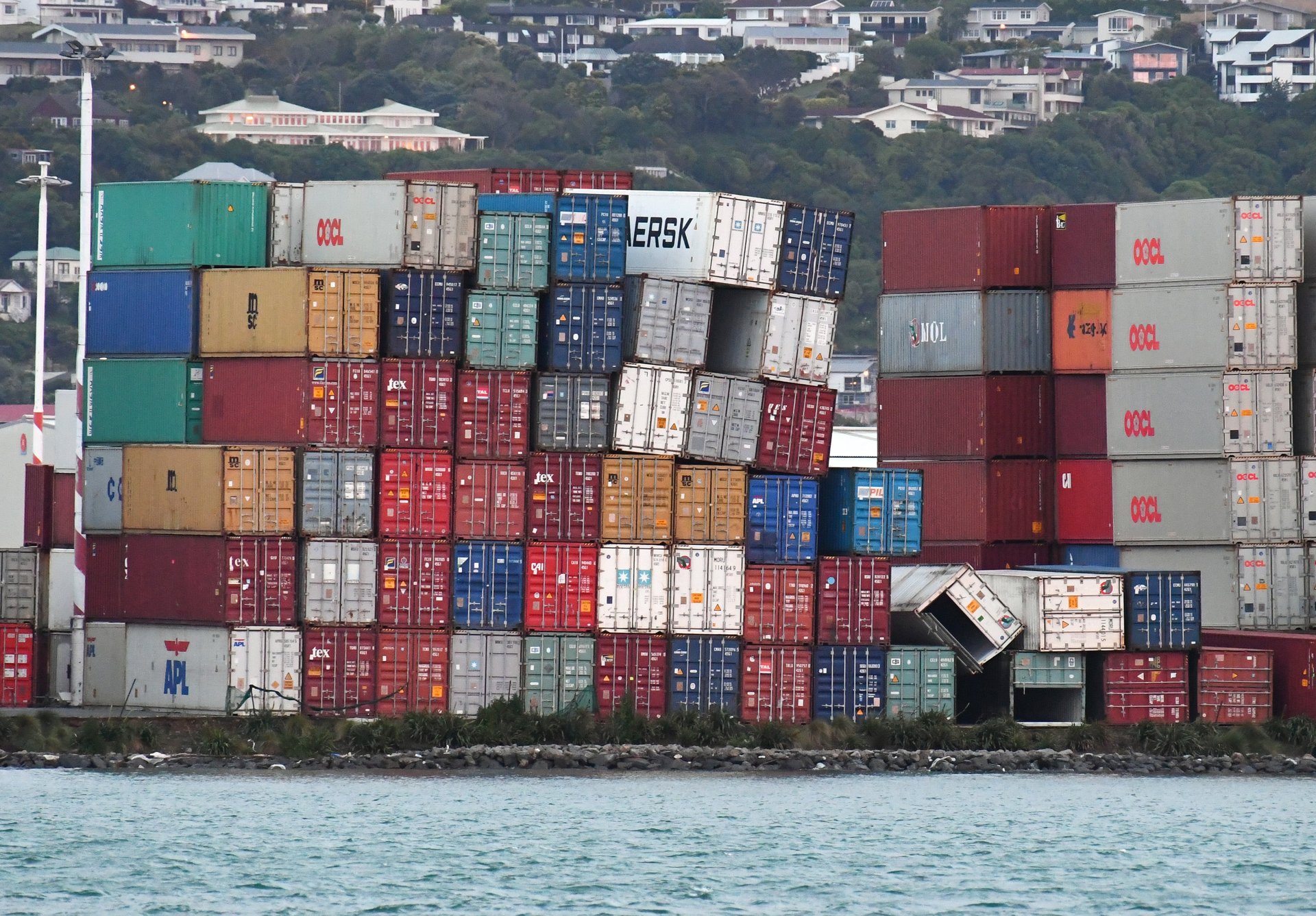

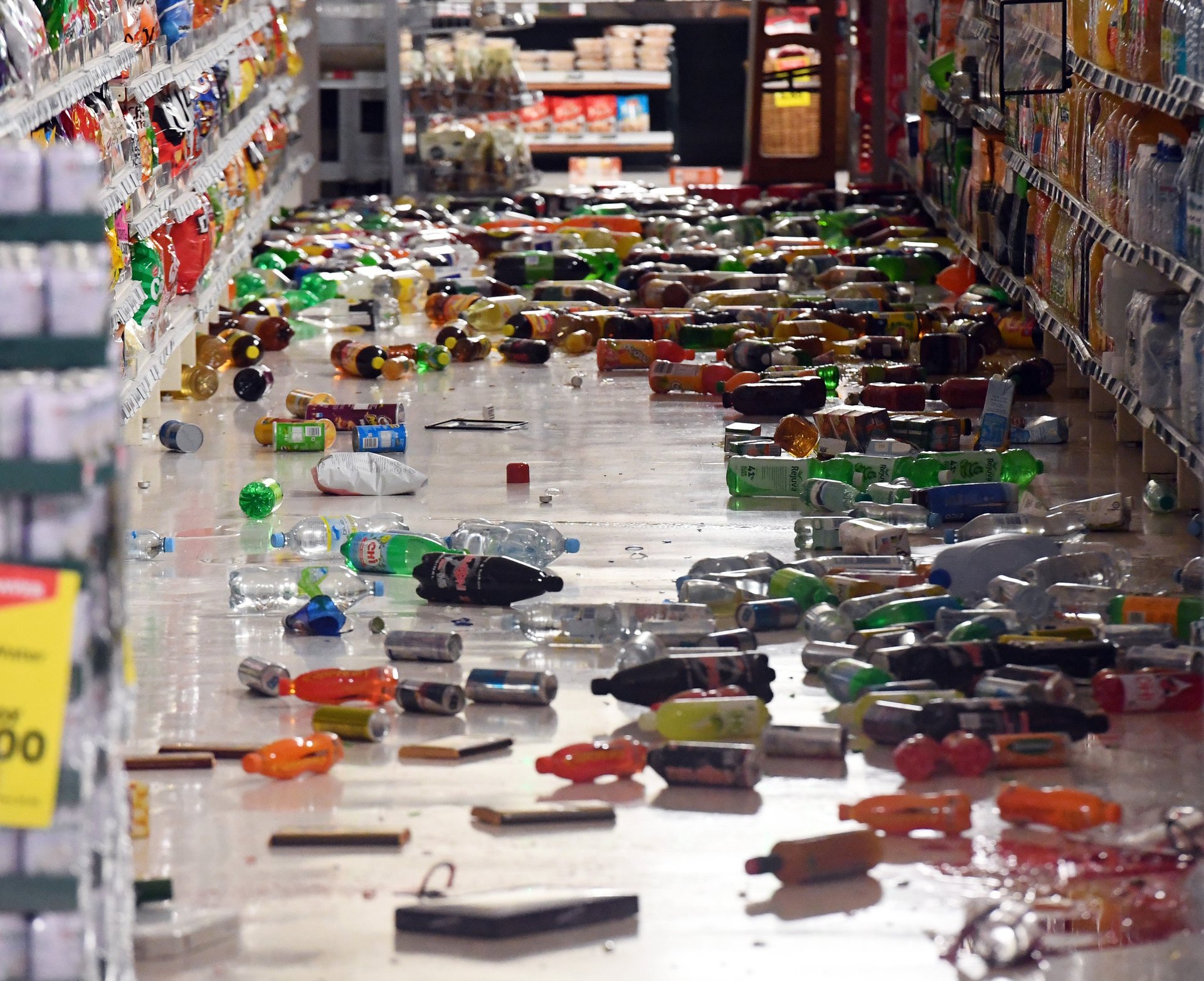
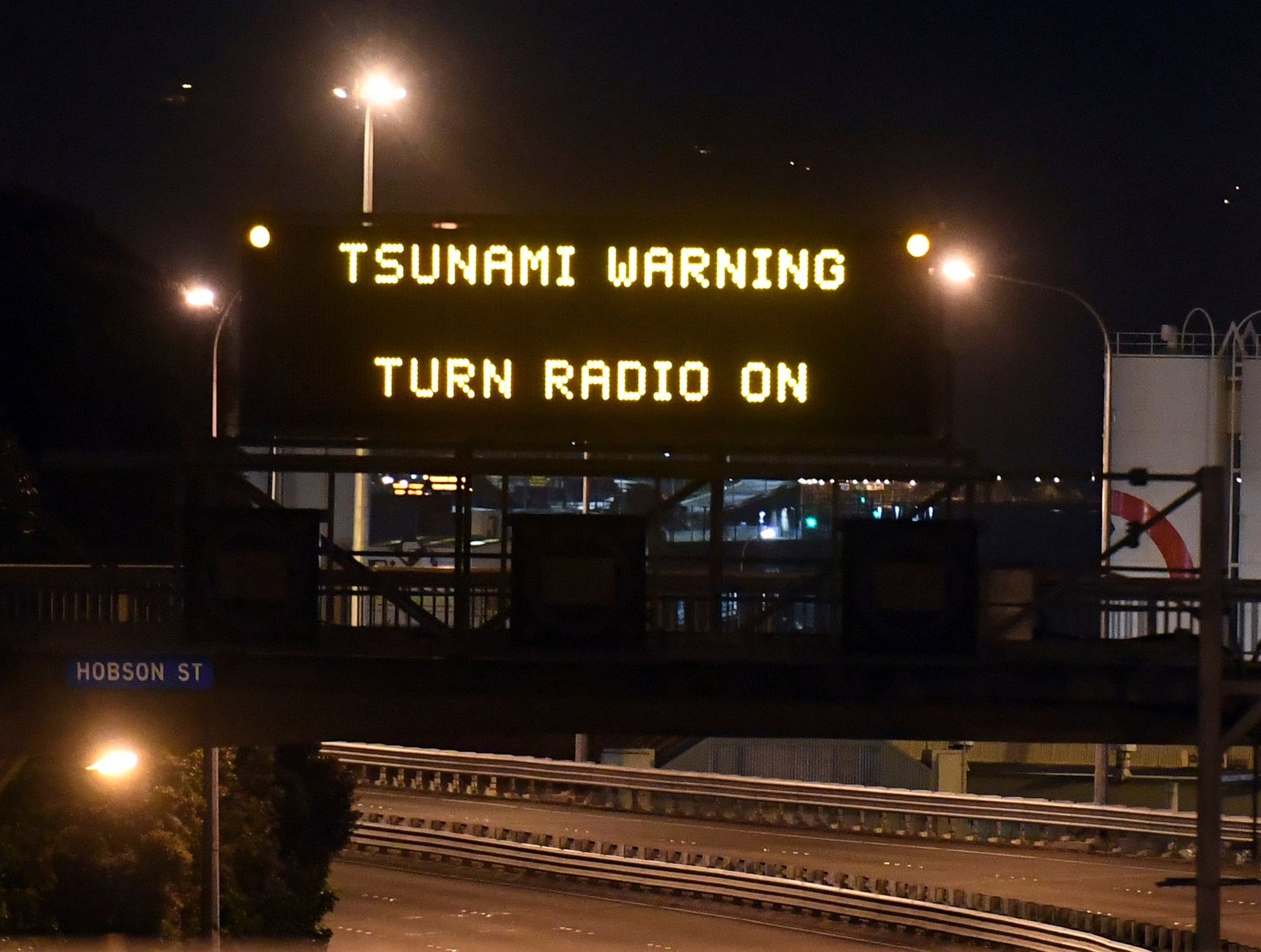
Tremors were felt as far afield as Auckland, New Zealand’s largest city (where this correspondent leapt awake). The disruption has been not just physical. Damage to schools forced cancellation of final exams for many students. Coming as it does on the cusp of the summer tourism season, the local economy is bound to take a hit—although Key has declared the country is in a good position to cope.
Thankfully, initial fears of a devastating tsunami came to naught. Waves reached 2 m (5.5 ft) in Kaikoura and a warning prompted widespread evacuations in coastal towns (even a declaration of a state of emergency in Dunedin, in the far south of the South Island), but the alert was downgraded by early afternoon.
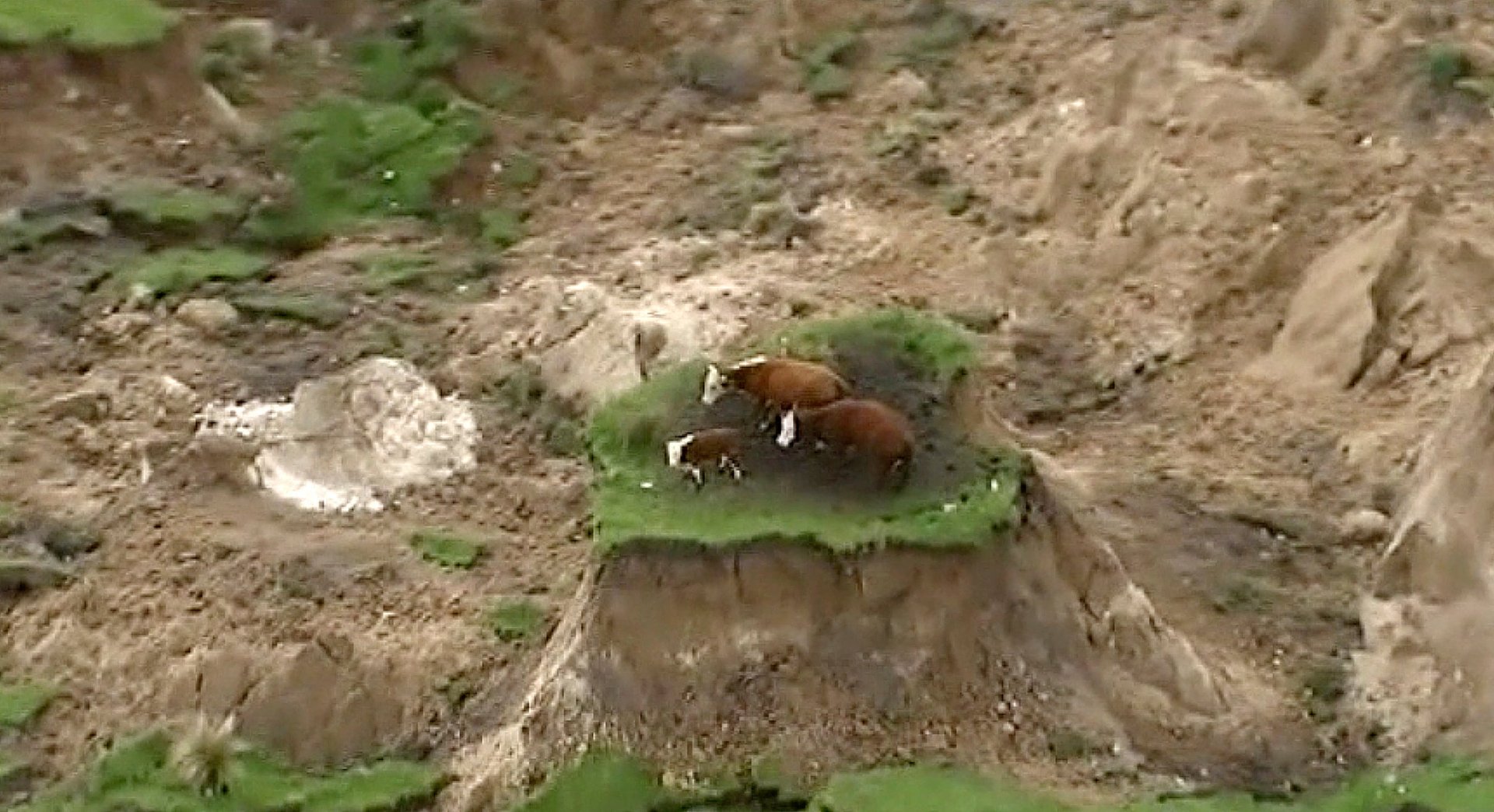
Yet there may be more bad news. Aftershocks abound. In the hours following the quake, getting on for 300 have been recorded, including several with a magnitude of 4 or higher. Seismologists warn they are likely to continue for a long time to come—as they have in Christchurch and elsewhere since 2011. The quake (actually two movements, according to seismologists) was the largest in New Zealand since 2009, and considerably stronger (if far deeper) than the 6.3 magnitude movement in Christchurch in 2011.
Kiwis have taken heart from the so-far smooth reaction by authorities—evidence that the experience of Christchurch has not gone to waste. But, as both Key and Christchurch mayor Lianne Dalziel have suggested, there will be a morale effect, especially for Christchurch citizens stressed by aftershocks and insurance battles (although the city was not itself hit hard this time).
This latest shake has further flamed Kiwi fears long-suppressed until 2011. With the country situated where the Indo-Australian and Pacific tectonic plates knock up against each other, on the Pacific “ring of fire,” New Zealand gets around 14,000 shakes a year. But a sparse population (there are only about 4 million Kiwis in all) has meant loss of life has been rare—until 2011, the last significant loss of life had been in 1931. With Christchurch and now Wellington feeling the earth move, fears of more “big ones” are being felt ever more often.